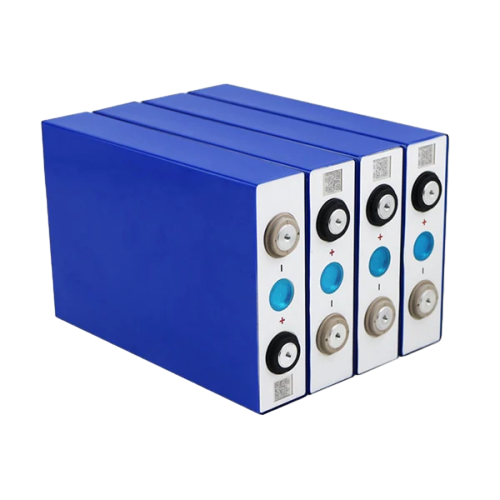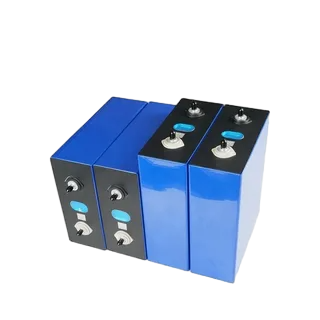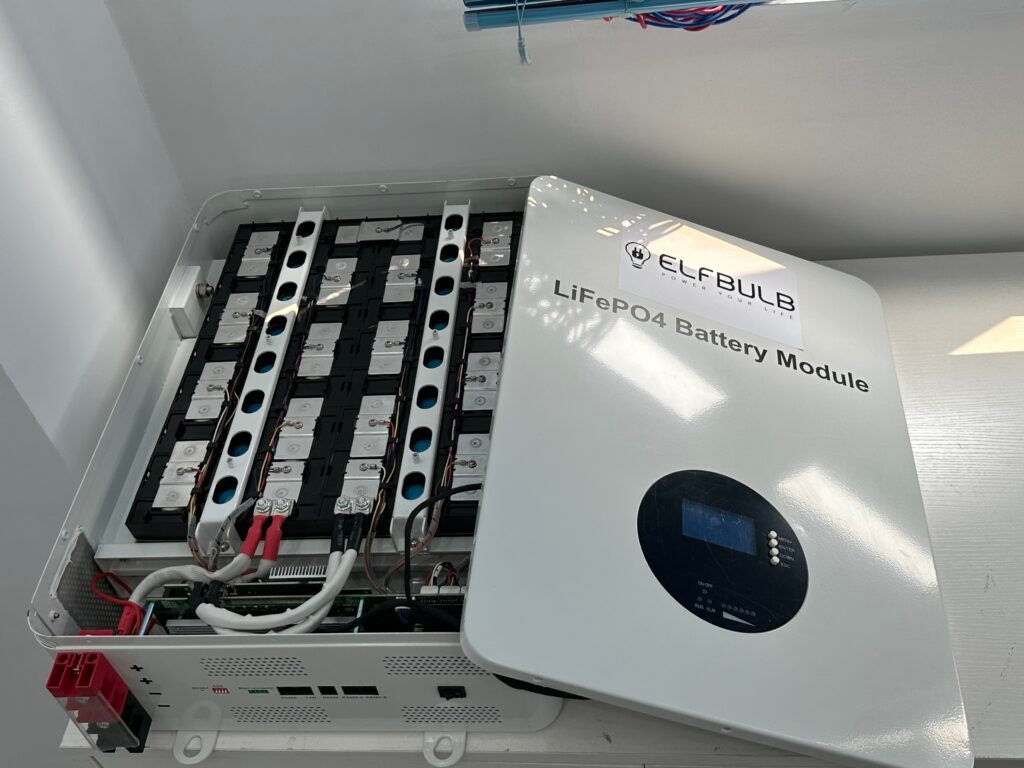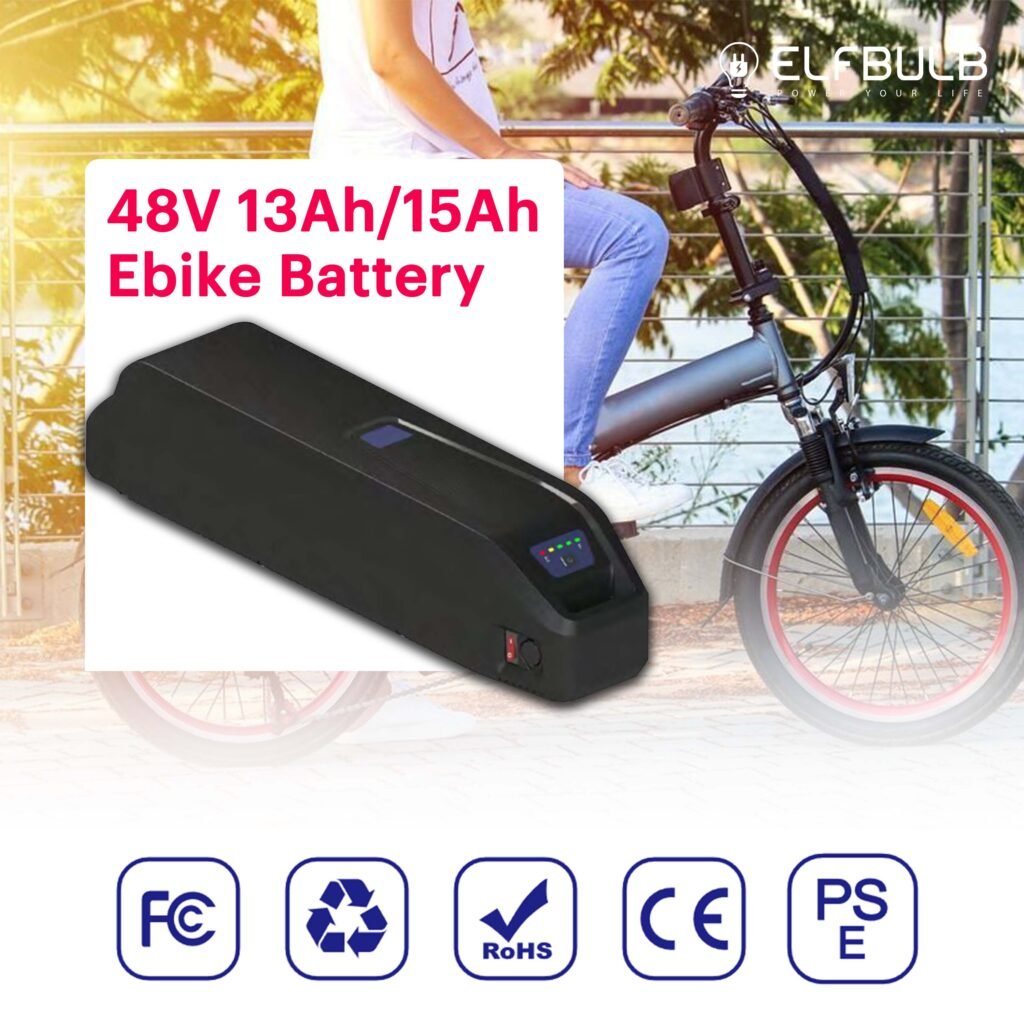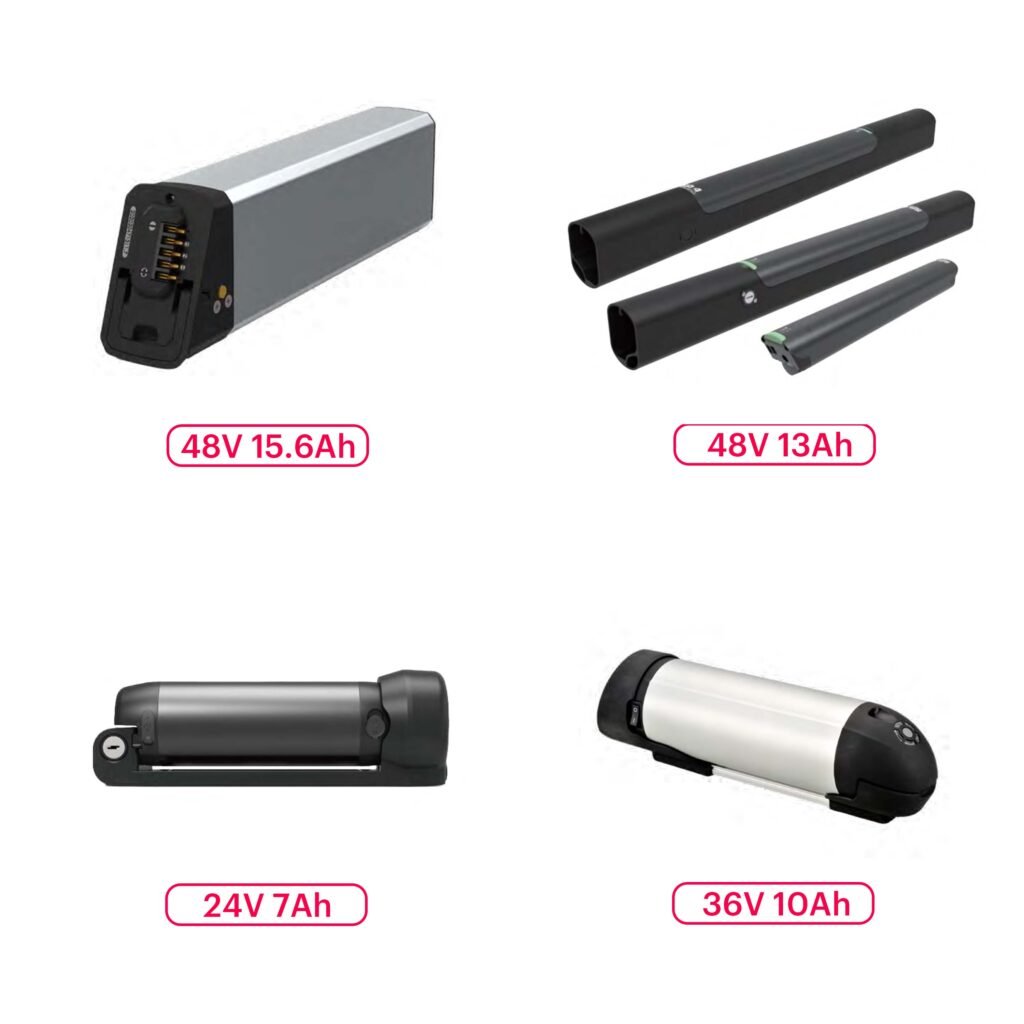Introduction
As the core component of modern electronic devices, lithium batteries significantly impact our daily lives. Their lifespan directly influences the performance and longevity of devices such as electric vehicles and energy storage systems. So, what factors contribute to the degradation of lithium batteries? This article will delve into the root causes of battery degradation and highlight the advantages of ELFBULB POWER batteries, providing practical tips to extend their lifespan.
Factors That Shorten Lithium Battery Lifespan
- Overcharging and Over-discharging: Frequently charging the battery to its full capacity or completely draining it can accelerate battery degradation.
- High Temperatures: Elevated temperatures accelerate the chemical reactions within the battery, leading to capacity loss.
- Low Temperatures: Cold temperatures reduce battery activity and affect charging and discharging efficiency.
- Fast Charging: Frequent use of fast charging can generate excessive heat, accelerating battery aging.
- Physical Damage: Physical impacts, such as squeezing, collisions, or punctures, can damage the internal structure of the battery.
- Battery Aging: Even under normal conditions, lithium batteries naturally degrade over time.
How to Extend the Lifespan of ELFBULB POWER Batteries
- Proper Charging: Avoid overcharging and over-discharging; keep the battery between 20% and 80% capacity.
- Control Temperature: Store the battery in a cool, dry environment and avoid exposing it to extreme temperatures.
- Use the Correct Charger: Use the original charger provided by ELFBULB POWER to ensure safe charging.
- Limit Fast Charging: Minimize the use of fast charging to reduce heat generation.
- Regular Calibration: Periodically fully discharge and recharge the battery to maintain its activity.
- Handle with Care: Avoid short circuits, water ingress, and other physical damage.
Advantages of ELFBULB POWER Batteries
- Customization: ELFBULB POWER offers customized lithium battery solutions, allowing for flexible adjustments to capacity, size, voltage, and other parameters based on customer needs.
- High-Quality Materials: High-quality battery materials are used to ensure excellent performance and longevity.
- Strict Quality Control: Each battery undergoes rigorous testing and inspection to guarantee consistent product quality and reliability.
- Wide Range of Applications: ELFBULB POWER batteries are widely used in energy storage systems, electric vehicles, power tools, and more.
Conclusion
Extending the lifespan of lithium batteries requires a comprehensive approach, including proper charging habits, a suitable operating environment, and the selection of high-quality battery products. ELFBULB POWER, as a professional lithium battery manufacturer, is committed to providing customers with high-quality, high-performance lithium battery products. By choosing ELFBULB POWER batteries and following the recommended usage guidelines, you can maximize battery lifespan and improve the overall performance of your devices.



